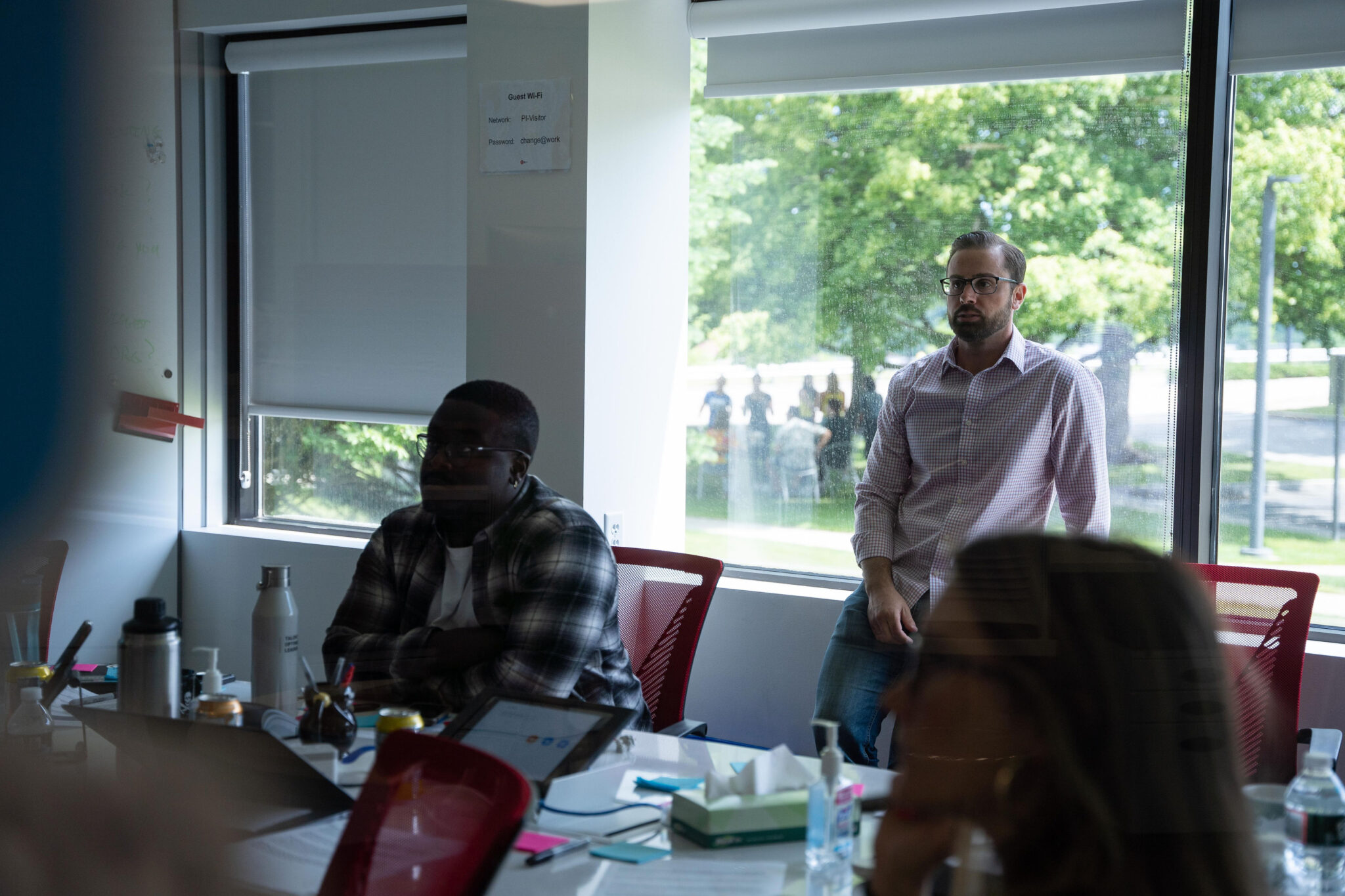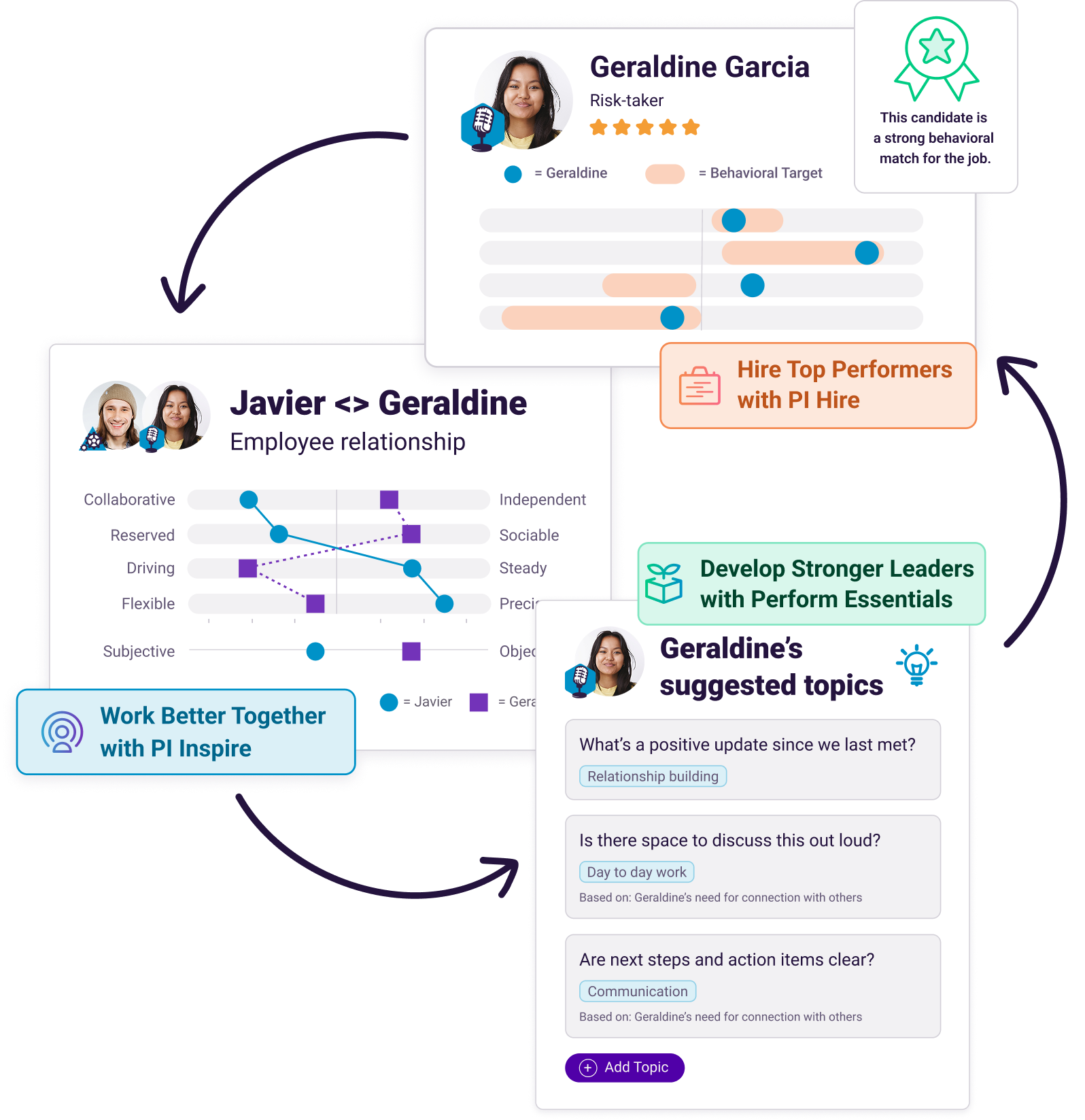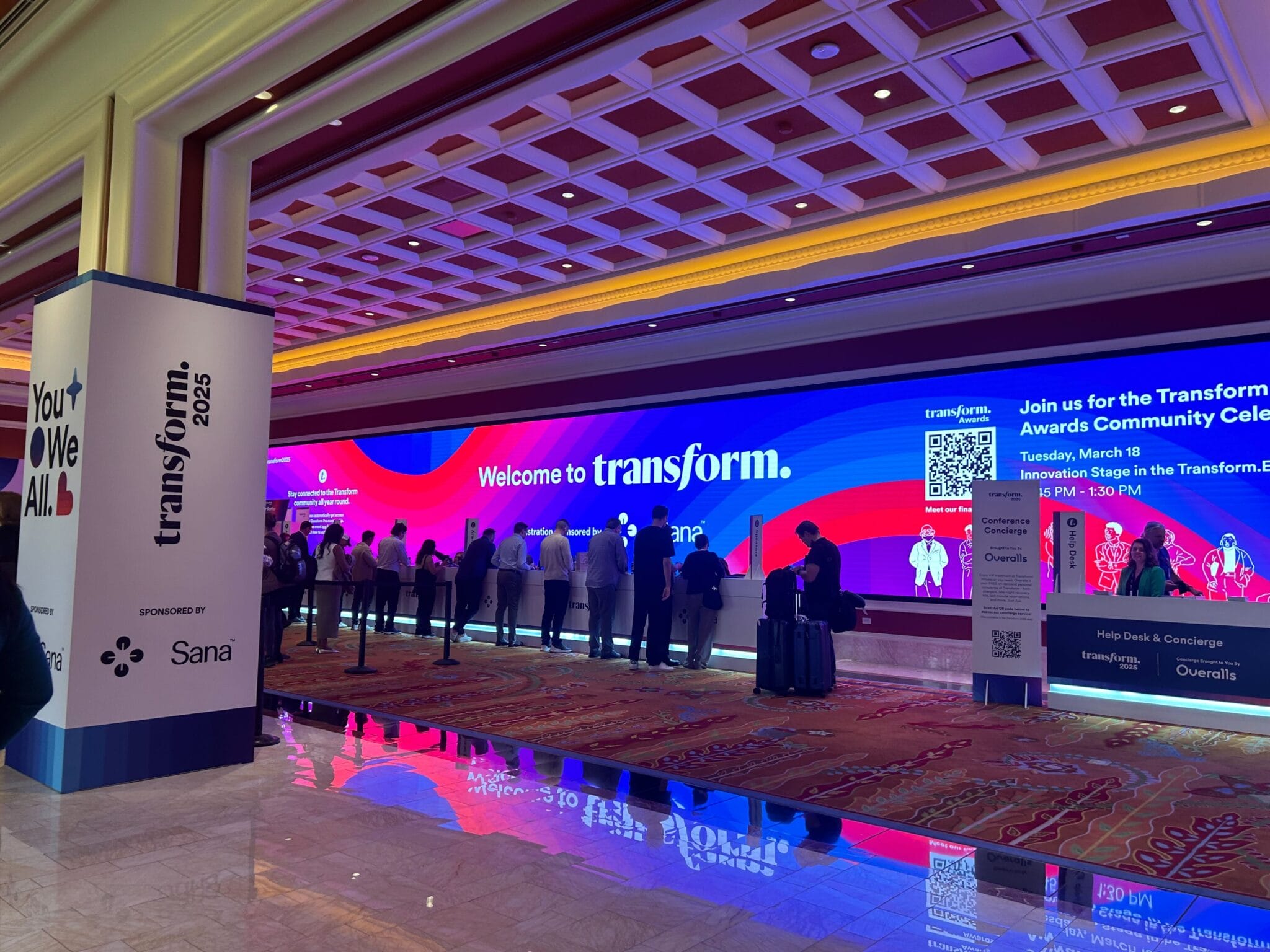Change is inevitable; it can also be scary and challenging—for leaders and employees alike. The good news: Once you’ve aligned on strategy, getting the change management process right will help you get the results you want, with fewer headaches and frustrations.
Here are three essential exercises to complete when rolling out changes at your company:
1. Align on a goal—and determine the best course of action to achieve it.
Before taking action, make sure your leadership team is aligned on a goal. Why do you need to make this change? And what is the benefit on business health? When the reason for the pivot is clear, it will be easier to figure out the best path forward.
You’ll have plenty of ideas about how to take action. Narrow down your choices by asking yourself and your leadership team these questions:
- What top three strategies can we use to achieve our goal?
- Are those strategies feasible?
- What actions can we take immediately in order to get us where we need to be?
When you’ve answered those questions, you’ll know what to do. Now, it’s just a matter of how you’re going to do it.
2. Figure out how you’re going to take action—and communicate it.
Sometimes, your action plan can fit right in with existing processes. Other times, you’ll have to create new processes around it. If your change requires a new process, roll that change out incrementally.
No matter how large or small the change, effective communication is essential. Communicating early and often is the difference between success and failure in adoption. Craft the best messaging possible so it resonates with everyone. Some employees will prefer to learn about change through an all-company meeting or one-on-one conversations with their managers. It’s possible to communicate to a 100% remote workforce—you’ll need a thoughtful plan. At PI we broadcast PI TV where the entire company can tune in on Zoom to hear the senior team give important all-company updates. We also make use of an #announcements channel on Slack where we post FAQ documents and Soabox update videos. Overcommunication is always better than the alternative.

3. Anticipate resistance—and identify your champions.
Your employees will naturally respond to change differently. Some may be excited, some apathetic, while others may be skeptical, uncomfortable, or even anxious. But you can easily anticipate resistance and identify the employees who will champion change.
Use people data.
There are two sets of people data essential to anticipating how employees will respond to change: an employee experience survey to measure engagement and behavioral data to measure your employees’ drives and needs.
Employee experience surveys will help you bucket your employees into four groups:
- Cultural Champions (high performing, high engagement): Involve these employees in the rollout process so they can evangelize the changes on the ground.
- Grinders (high performing, low engagement): These high achievers get the work done but feel removed from the company. Give them reasons to feel invested in your mission while also feeling you’re invested in them.
- Silent Killers (low performing, high engagement): Anticipate some resistance here. If you communicate clear performance expectations, some Silent Killers may rise to the occasion and turn into Cultural Champions.
- Contaminators (low performing, low engagement): This is where you can expect the most resistance. Change may turn these employees into flight risks, but this turnover may be best for both the company and your Contaminators.
Encourage your employees to become a part of the change management process in the way that best suits their natural strengths and abilities. Use behavioral data to determine how they can best be involved.
For example, there will always be employees who are naturally more dominant and want to drive change. Leverage their dominance drive to have those employees lead projects or key initiatives. There will also be employees who are more stabilizing and help keep said projects on track. In addition, be sure to leverage those who are skilled at executing to complement your drivers.
Not everyone will always be on board with change, and that’s OK.
You can’t please everyone. But you can give your employees the opportunity to be change agents. When you’re rolling out change, remember to stay true to your cultural values and your company mission. It will make your company even stronger.
Join 10,000 companies solving the most complex people problems with PI.
Hire the right people, inspire their best work, design dream teams, and sustain engagement for the long haul.








